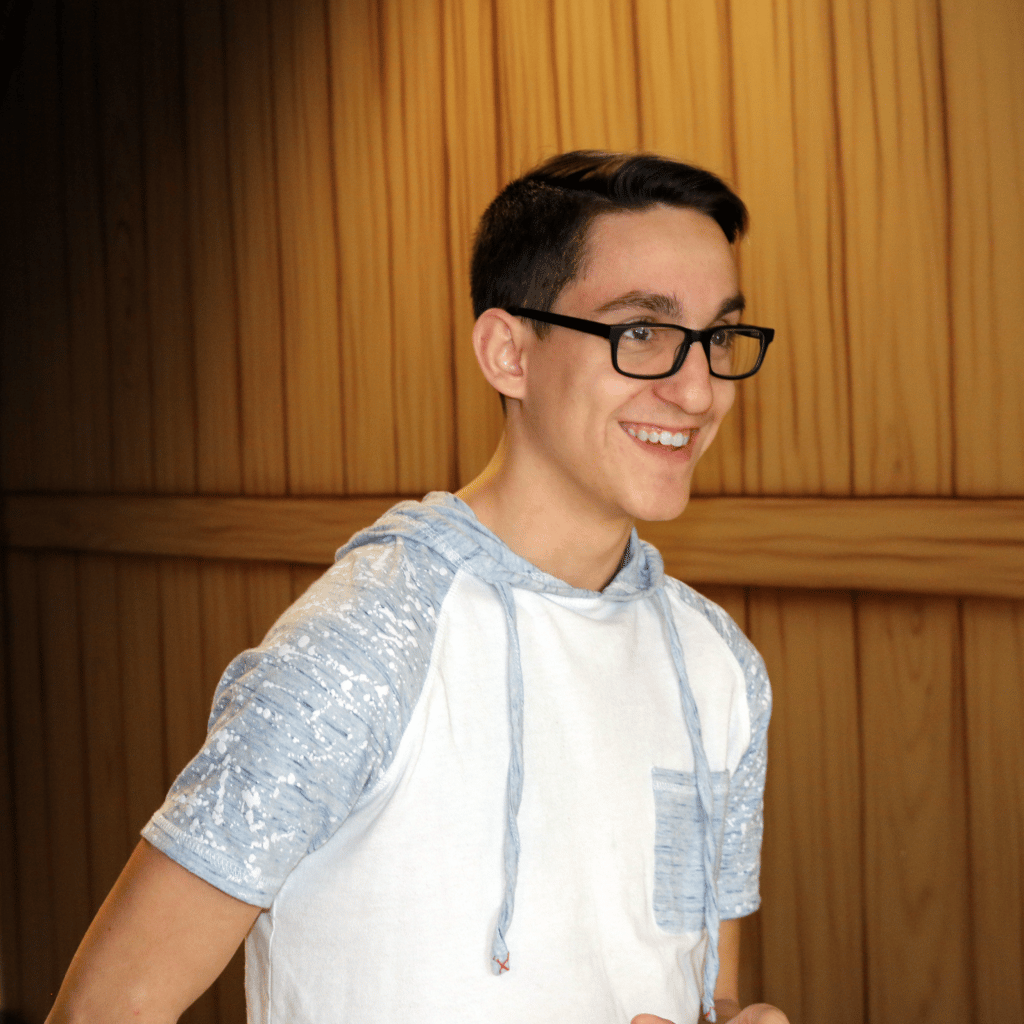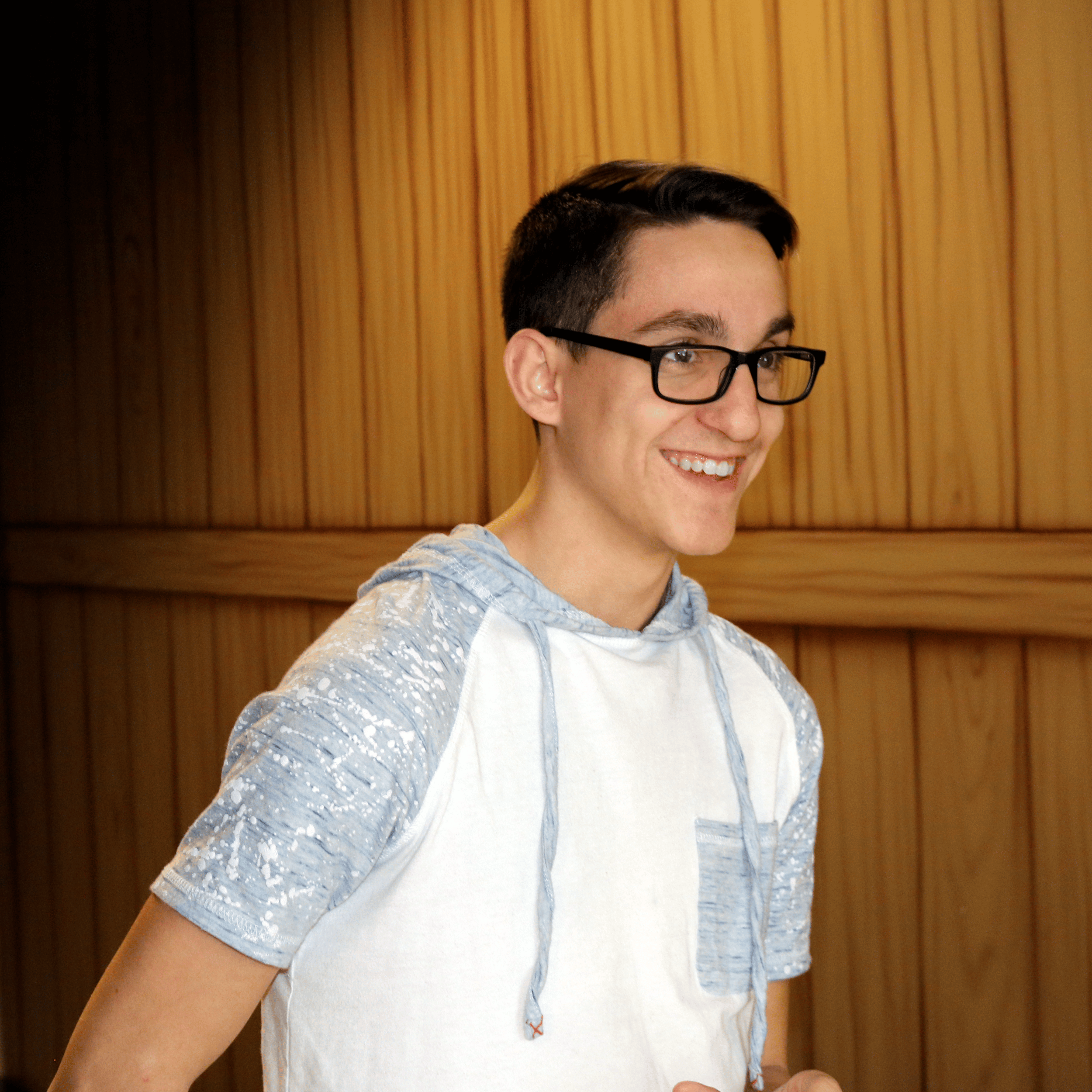
Humans of NGU: Tristan Edens and His Scoliosis Story
Taylor Loughry, Contributing Writer
Photo Courtesy of Taylor Loughry
Scoliosis has the capability to greatly affect lives while only affecting 2 to 3 percent of the population; this was the case for Tristan Edens, but he now has hope for the future.
Edens, freshman Youth Ministry major at North Greenville University, was 17 years old when he was diagnosed with scoliosis, an abnormal lateral curvature of the spine, while being examined for a physical before trying out for his cross-country team.
Edens’ back was curving at about 36 degrees when he found it, and this greatly affected Edens’ flexibility and mobility. Edens could not bend down and touch his toes or lift weights. He couldn’t even stay in a car for too long because it would cause shortness of breath and eventually lead to hyperventilation.
Edens was born with spina bifida, a birth defect that occurs when the spine and spinal cord don’t form properly. “Instead of my back being connected, it’s kind of like a tectonic plate where it shifts,” Edens said. As he grew, his spine would twist and set causing the muscles around his spine to tighten.
Edens said, “When your spine is not straight and not at homeostasis, your body experiences trauma and actually thinks you are dying, so it twists and tightens to stop the movement.” Doctors did not want to perform surgery, so they told Edens to wait around and see what happened. Edens didn’t like this idea, so he spoke with a few chiropractors.
He tried a few different methods. The first method involved laying on his back and cracking it. This method involves a series of mobility tests and is very slow and progressive. After trying this method for about a year, Edens’ back actually worsened.
The second method Edens tried tremendously helped him, and he is still using it. This method involves using a spring-loaded mallet that aligns the atlas bone at the top of the neck. Eventually, it pushes this bone straight causing the rest of the back to follow.
Edens now has less sitting and sleeping pain. “This is giving me hope that in the future, I won’t have to deal with this condition in an extreme sense my entire life,” Edens said. Even after doctors told him there wasn’t a way to help his back improve, Edens is seeing that this isn’t the case.

